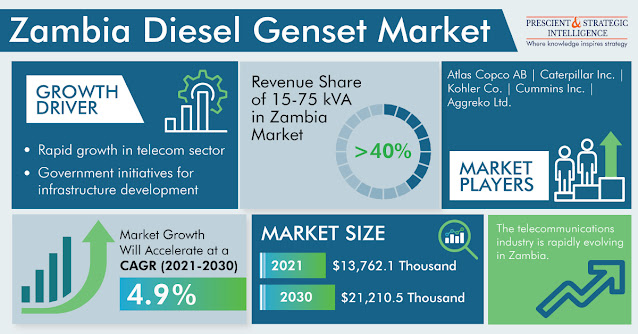The food-grade lubricants market was valued at $260.1 million in 2021, and it is projected to advance at a CAGR of 7.9% from 2021 to 2030. The market value will be $516.5 million in 2030 owing to the increasing incidence of foodborne diseases and burgeoning food safety concerns, as a result. Approximately 650 million people suffer from foodborne diseases every year around the globe. The major cause is coincidental proximity with lubricants that are extensively used in machines. Moreover, there is a dire need to preserve the manufactured products and raw materials from adulteration.
The paradigm shift in consumer preferences toward processed eatable items, due to their changing lifestyles, will spur the food-grade lubricants market growth. Due to their busy lifestyles, which is primarily credited to the high urbanization rate, they have less time to cook food. This increases the demand for processed food, especially in emerging economies. Food processing units employ an array of simple and complicated equipment, which creates a high-volume demand for lubricants. Food processing equipment widely features conveyor belts, guillotines, spice & seasoning dispersers, and many other parts that witness continuous movement.
The rapid adoption of advanced technologies has increased the use of automated lubrication systems. This can be ascribed to their inherent ability to lower the probability of equipment failure and reduce operational costs. Apart from assisting in risk reduction due to adulteration, such equipment helps meet the lubricant supply regulations for both mobile and static components. Thus, the adoption of automated units is rising to meet the product quality requirements, which offers market players lucrative growth opportunities.
The mineral category ruled the food-grade lubricants market in 2021 under the product segment, with revenue of $163.0 million. This category is further expected to witness growth at a CAGR of 8.3% from 2021 to 2030. This is credited to the economic nature of lubricants made from mineral oil than those made from other raw materials and, consequently, the high demand for them in the cosmetic, food, and beverage sectors. Furthermore, consumers are much more informed about mineral oils than other raw materials, and many oil & gas and petrochemical companies exist on earth.
Based on application, the food category will witness a food-grade lubricants market CAGR of 8.1% in the coming years. This is because of the greater clarity among consumers and a strong preference for superior-quality meat, which will result in the development of the seafood, meat, and poultry sectors. Because of the changing market dynamics due to the alterations in lifestyles, the demand for processed meat and ready-to-eat items in everyday diet is rising, as people adapt to the trend of replacing cooked meals with on-the-go meals.
Europe led the food-grade lubricants market in 2021, generating approximately $89.1 million. It is predicted to grow at an 8.1% CAGR in the future owing to the existence of an intricate network of processing units, stringent food quality standards, and high awareness of healthy processed food among consumers. However, APAC will witness the fastest growth, at a CAGR of 8.4%, due to the favorable policies of the regional governments, increasing R&D expenditure, and innovations to curb the hazardous environmental impact of lubricants with mineral oils and other raw materials.
Hence, a rising incidence of foodborne diseases and burgeoning food safety concerns will drive the market.














